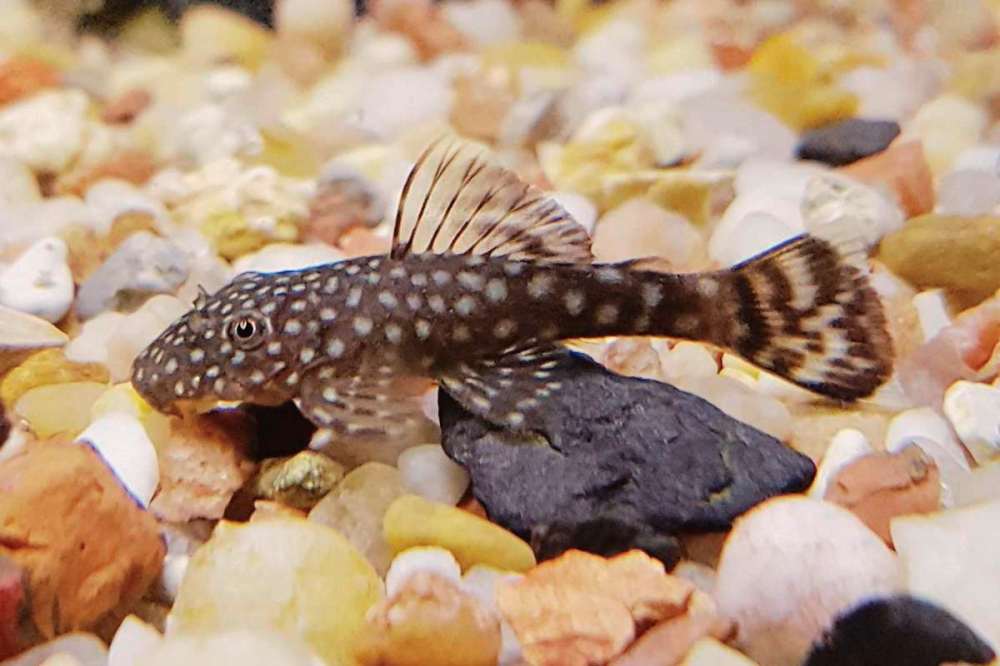Picking the perfect pleco for you
Advertisement
Hey there, time traveller!
This article was published 23/01/2017 (2651 days ago), so information in it may no longer be current.
In the world of aquariums, there are fish that serve a purpose other than just looking pretty. In fact, they can be downright ugly, but luckily they hide most of the time.
The fish are algae eaters, more specifically, fish that are grouped as “plecos”. In the aquarium trade, the first of these amazing fish to hit the scene was “plecostomus punctatus,” the sucker mouthed catfish. Mainly from Brazil and surrounding regions, these remarkable fish serve a purpose in aquariums cleaning algae off of glass and ornaments.
Note that I said cleaning algae. They do not clean up fish poop — no fish does. That’s our job, we have to “scoop the litterbox” of our fish by doing weekly 10 per cent water changes using a gravel vacuum. That’s the only way to remove fish waste. Other catfish will scavenge excess food and such, filling another niche in the ecosystem, but none remove waste.

Plecos are now represented by hundreds of different species, all with different appearance and habits. Some that have been discovered are actually quite pretty, although many of these have succumbed to habitat destruction and are no longer commercially available. But there are still a lot to choose from.
The good old common pleco is cheap and readily available. These fish are found in just about every pet shop that carries fish. When they are small, they can be very good at their job. Unfortunately, they don’t stay small for long, and can live decades. Once they are big, they don’t do as effective a job, they just can’t physically reach the spots to clean them. So, you have to feed them, which kind of defeats the purpose. And, because they are so large, they take up a lot of the aquarium’s capacity, meaning you can keep fewer of the fish you want to look at. Lastly, once they get big, it can be hard to find them new homes, so you get stuck with them.
While most shops focus on these lower cost alternatives, many will also stock species that stay smaller. Whereas a common pleco can reach a foot long or more, the ancistrus or bristlenose varieties can stay under five inches, and will be effective cleaners their entire lives. These ones can also be more attractive, having nice colour patterns or fancy fins.
There are other algae eating fish, like the inexpensive “Chinese algae eater”, which can do an OK job, small ones like Oto cats for tiny tanks, and ones that can be used for specific algae types, like epal siamensis, which like to eat hair algae. These exotic types can be harder to find, as demand for them is low making it harder to import or stock them.
No fish, though, is a cure for improper tank care. If you have an algae problem, it is a sign of something being done wrong. Some of the main problems can be: too much light, not enough water change, or overfeeding. These are just some of the issues that can cause excess algae buildup in an aquarium. Fixing these problems can eliminate the need for an algae eater. Doesn’t mean you can’t keep one, though, especially if you find them so ugly that they are cute.
Contact Jeff with your questions or ideas at aardvarkpets@shaw.ca or visit www.aardvarkpets.com

Jeff McFarlane
Pets Are People, Too
Jeff McFarlane is the owner of Thrive Pet Food Market. Contact him with your questions or ideas thrivepetfoodmarket@shaw.ca or visit www.thrivepetfoodmarket.com
